Registered area exceeds target
Deputy Director of the Department of Crop Production and Plant Protection Nguyen Thi Thu Huong said: In the first year of implementation, all 12 provinces in the Mekong Delta region registered to participate in the Project, with a total area of up to 1,015,000 hectares, exceeding the set target. Provinces such as Kien Giang, Dong Thap, and An Giang are the leading localities in terms of scale of participation.
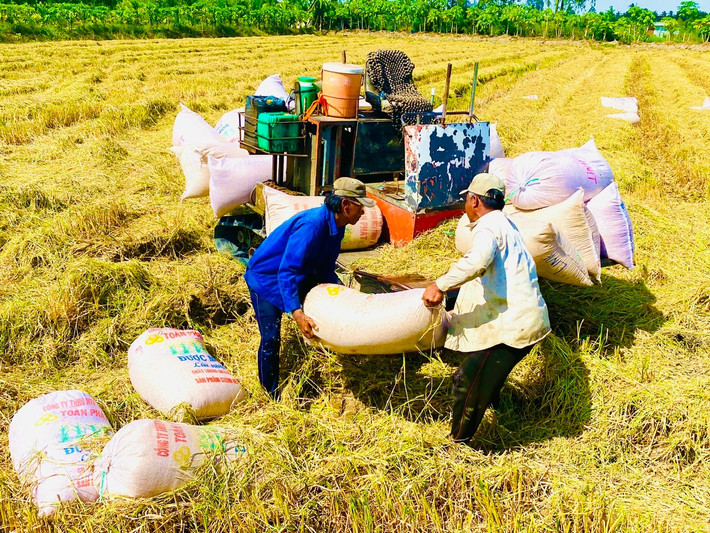
High-quality rice is purchased by businesses at a price 200 - 300 VND/kg higher than the market price. Photo: Contributor
Advanced farming models bring about clear results. Specifically, through 7 central-level pilot models and hundreds of provincial-level models that have been implemented, many outstanding benefits have been shown: production costs are reduced by 8.2 - 24.2%, the amount of pesticides is also reduced by 1 - 4 times, saving 30 - 70 kg of fertilizer/ha, reducing 30 - 40% of irrigation water but increasing productivity by 2.4 - 7%; reducing greenhouse gas emissions by an average of 2 - 12 tons of CO₂/ha, and increasing profits by 4 - 7.6 million VND/ha. In particular, all rice products are purchased by enterprises at prices 200 - 300 VND/kg higher than the market price, creating a clear motivation for people.
Sharing the initial success of the project, Vice Chairman of the People's Committee of Soc Trang province Vuong Quoc Nam said: in 2025, the province will select a qualified cooperative to participate in pilot production with an area of 50 hectares, using ST25 rice variety. The results show that profits will increase by about 25%, reducing CO2 emissions by 4 tons/ha/crop. In 2025, the province plans to continue selecting 8 pilot models with more than 350 hectares.
Not only that, since the project was implemented, the production chain has been increasingly expanded, 620 cooperatives have been identified to participate in the first phase, nearly 200 enterprises, of which 40% have a linkage scale of 200 hectares or more, have joined cooperatives to build a sustainable rice value chain, contributing to improving production capacity and stable consumption. Training and coaching have been promoted, more cooperative staff have been trained, hundreds of farmers have been trained in innovation, mechanization and circular economy of straw. In particular, 20 digital transformation classes have been organized, supporting cooperatives in using accounting software and traceability.
Opportunity to attract new investment resources
In addition to the achieved results, Deputy Director of the Department of Crop Production and Plant Protection Nguyen Thi Thu Huong also said that there were still initial difficulties and confusion in implementing the project. Minister of Agriculture and Environment Do Duc Duy also acknowledged that some localities and units were still confused in understanding the content of the project. In particular, in 2025, when restructuring the organizational apparatus, many localities were hesitant in organizing implementation, especially in approving the project and issuing support policies for farmers participating in the project.
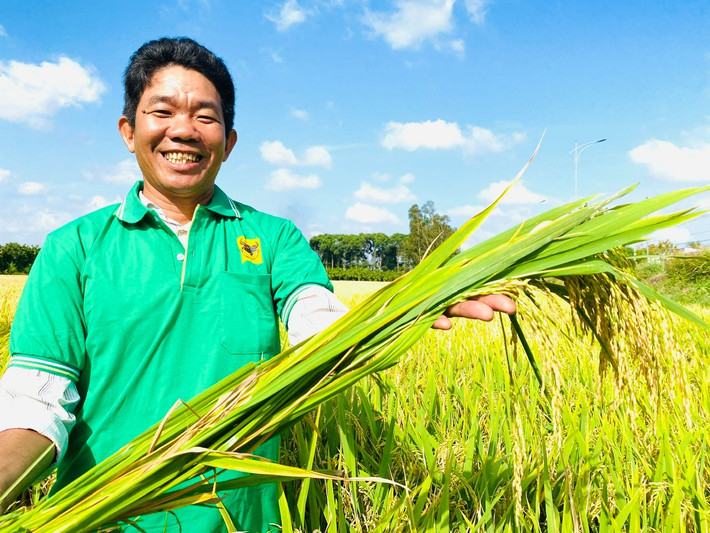
People in the Mekong Delta provinces are eager to participate in the project.
It is worth mentioning that irrigation infrastructure, especially intra-field irrigation, has not yet met the requirements for reasonable and economical irrigation; production linkages have been initially formed but are still weak; people participating in the project are not proactive, still waiting for support; investment capital for the project, especially projects with loans from the World Bank (WB) and the Transition Carbon Finance Fund (TCAF), is slow to be mobilized and procedures have not been completed according to regulations. Many places are more interested in creating carbon credits than improving infrastructure and sustainable farming techniques, which puts long-term effectiveness at risk.
In addition, the linkage rate between farmers - cooperatives - enterprises is only under 30%, not strong enough to ensure stable output. Many enterprises still wait for policies, lacking proactive participation. Most activities are dependent on local budgets. Loan procedures from the WB and TCAF are still slow, disrupting the implementation progress. Some important regulations related to carbon markets, preferential credit, and technical support are still under construction, causing difficulties for localities in synchronous implementation.
Affirming that low-emission and sustainable production is an inevitable trend, the Ministry of Agriculture and Environment said it is continuing to deploy a low-emission high-quality rice growing area of 312,743 hectares in 2025. To achieve the target by 2030, the Ministry requested localities to urgently complete the registered area, prioritize the application of emission-reducing farming processes such as alternate wetting and drying (AWD), reasonable fertilization, cyclical straw management and deploy models at the grassroots level to create a solid foundation for the 2026 - 2030 period.
What many farmers, scientists, and business people want is that, in parallel with upgrading infrastructure and logistics for production, investing in irrigation systems, warehouses, drying stations, and logistics centers, it is necessary to complete and effectively implement the emission measurement, reporting, and verification (MRV) system. This is a key tool to accurately monitor the effectiveness of emission reduction; at the same time, it is the legal basis for Vietnam to participate in the international carbon credit market, opening up opportunities to attract new investment resources.
Source: https://daibieunhandan.vn/canh-cua-moi-cua-tang-truong-xanh-post410065.html


![[Photo] General Secretary and President of China Xi Jinping arrives in Hanoi, starting a State visit to Vietnam](https://vstatic.vietnam.vn/vietnam/resource/IMAGE/2025/4/14/9e05688222c3405cb096618cb152bfd1)
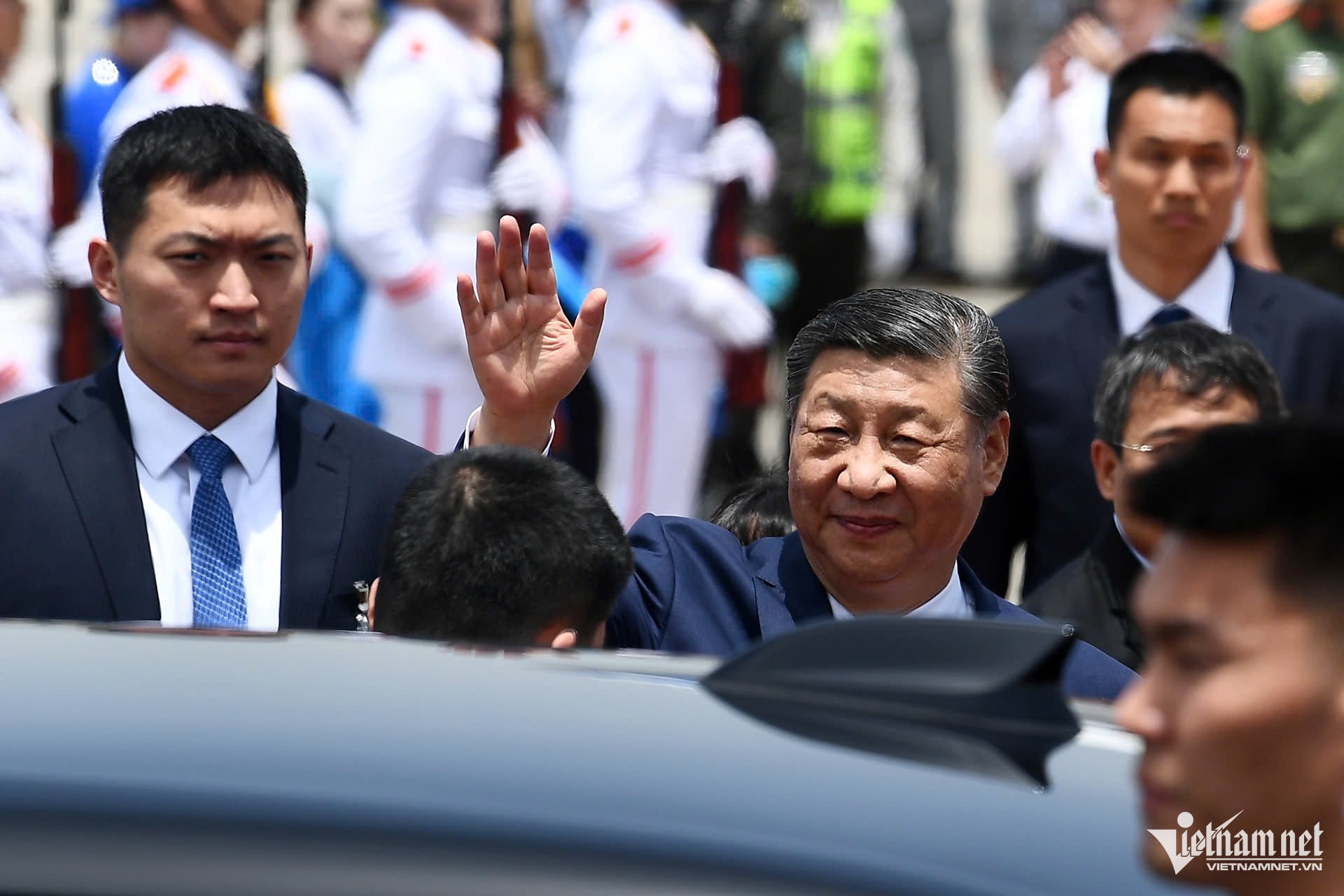
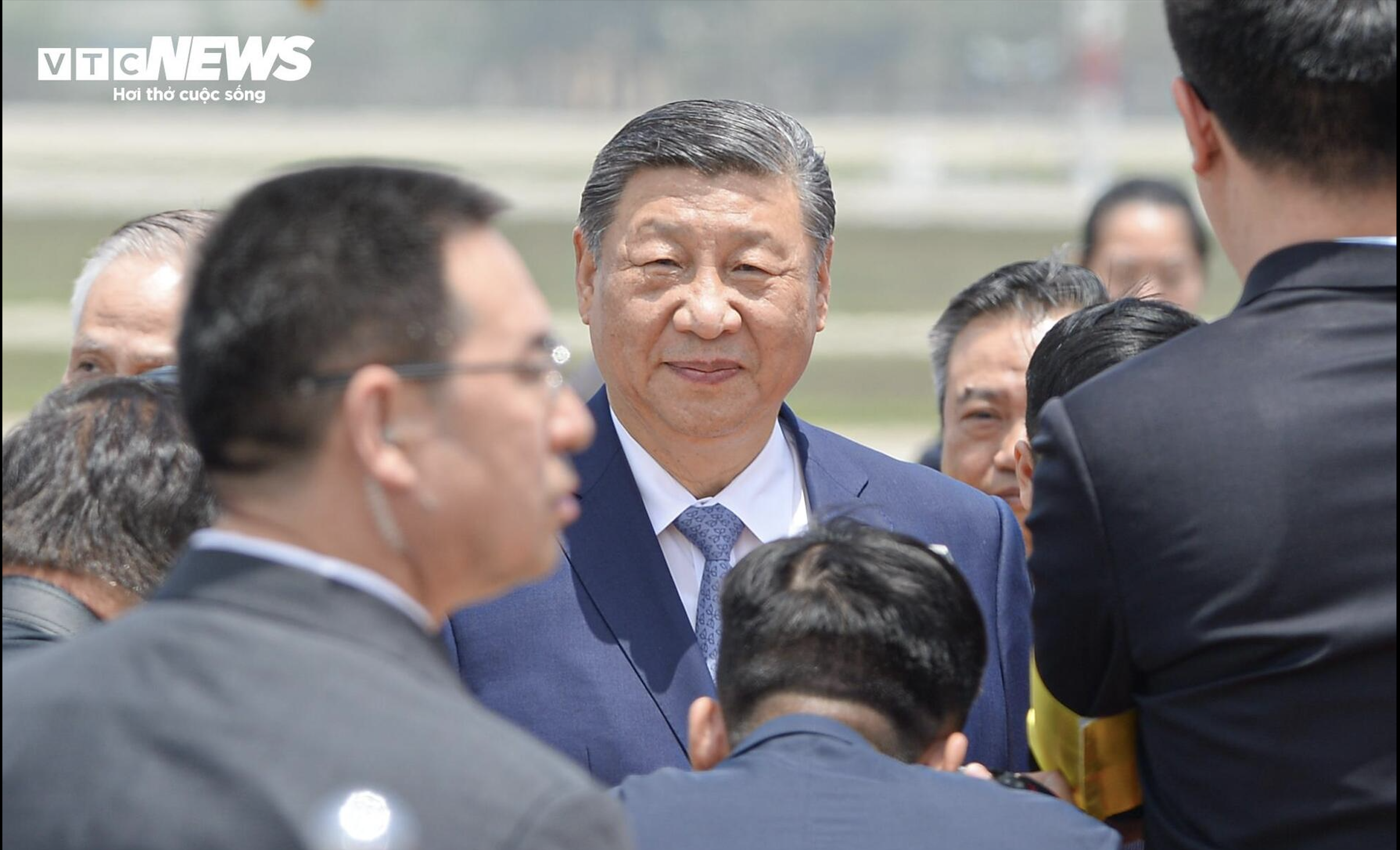
![[Photo] Prime Minister Pham Minh Chinh receives Chairman of Commercial Aircraft Corporation of China (COMAC)](https://vstatic.vietnam.vn/vietnam/resource/IMAGE/2025/4/14/93ca0d1f537f48d3a8b2c9fe3c1e63ea)
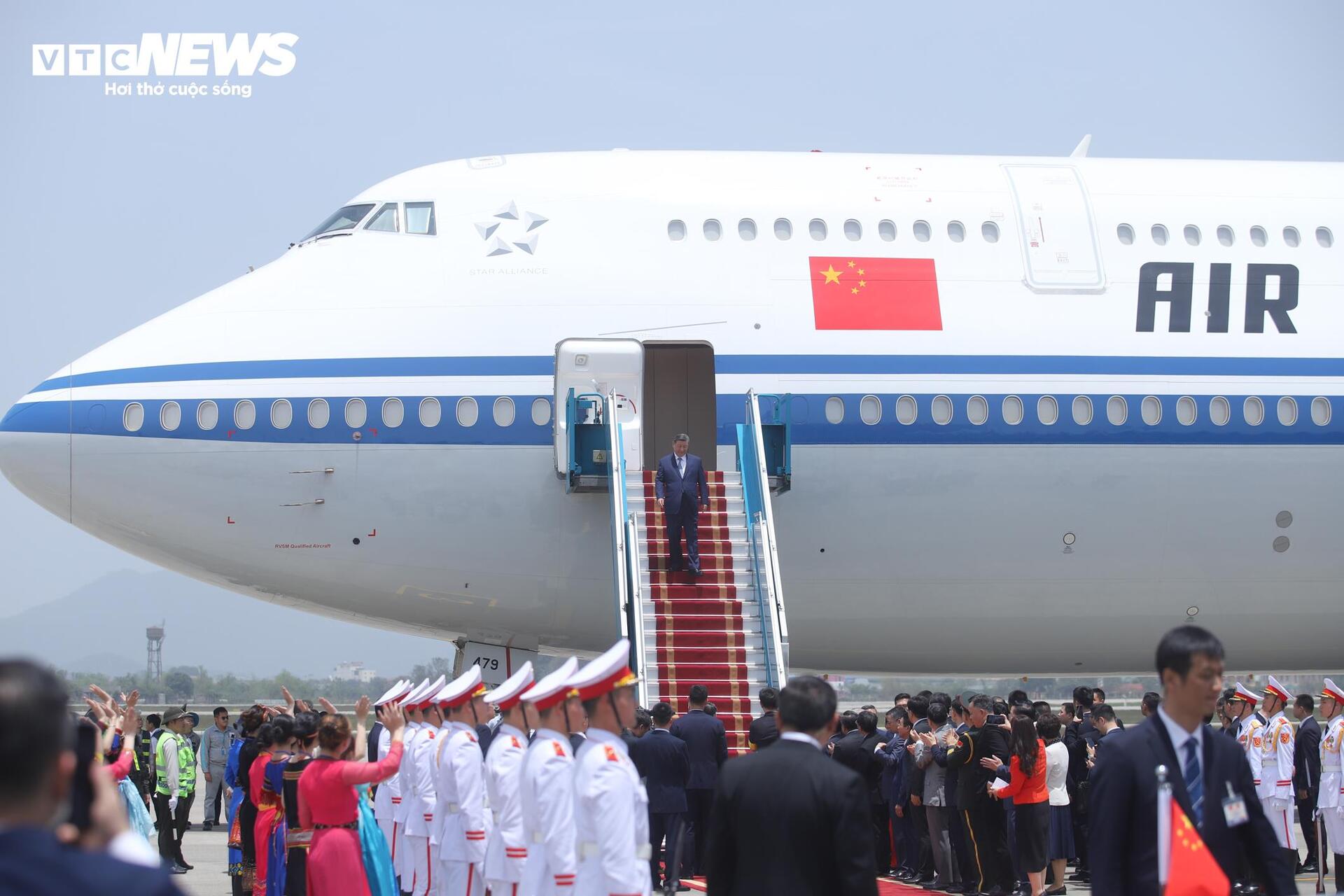
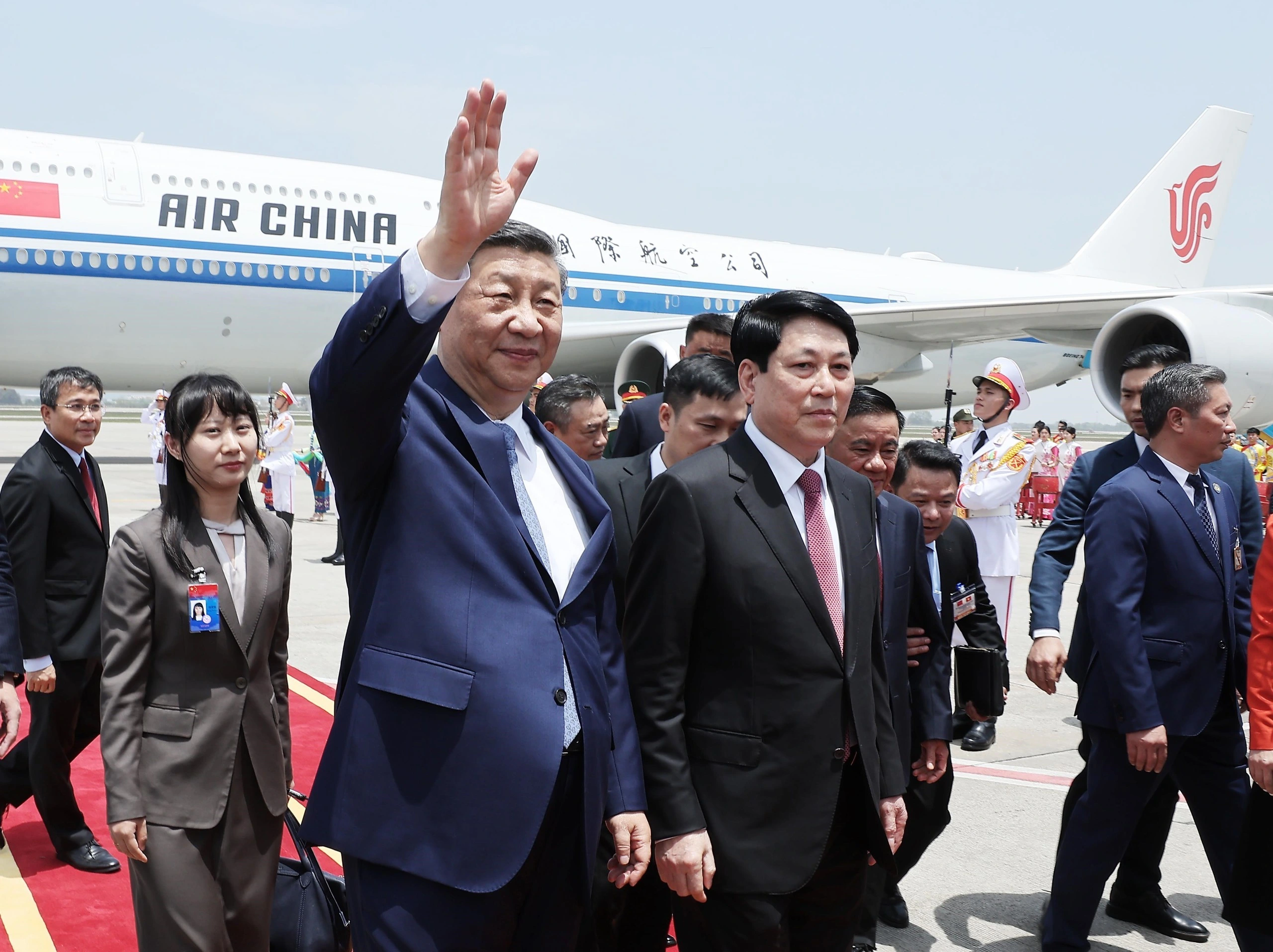
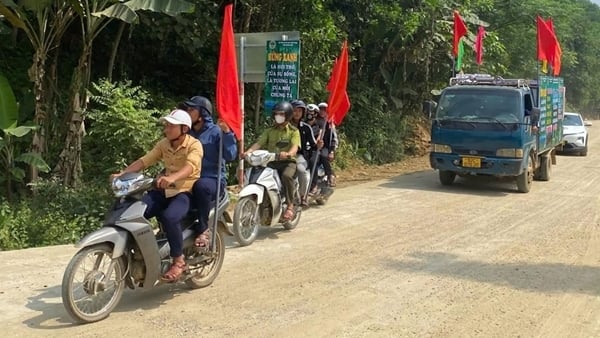

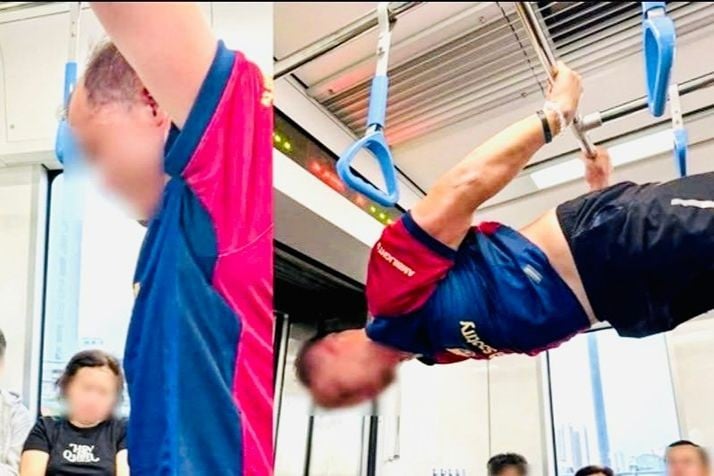
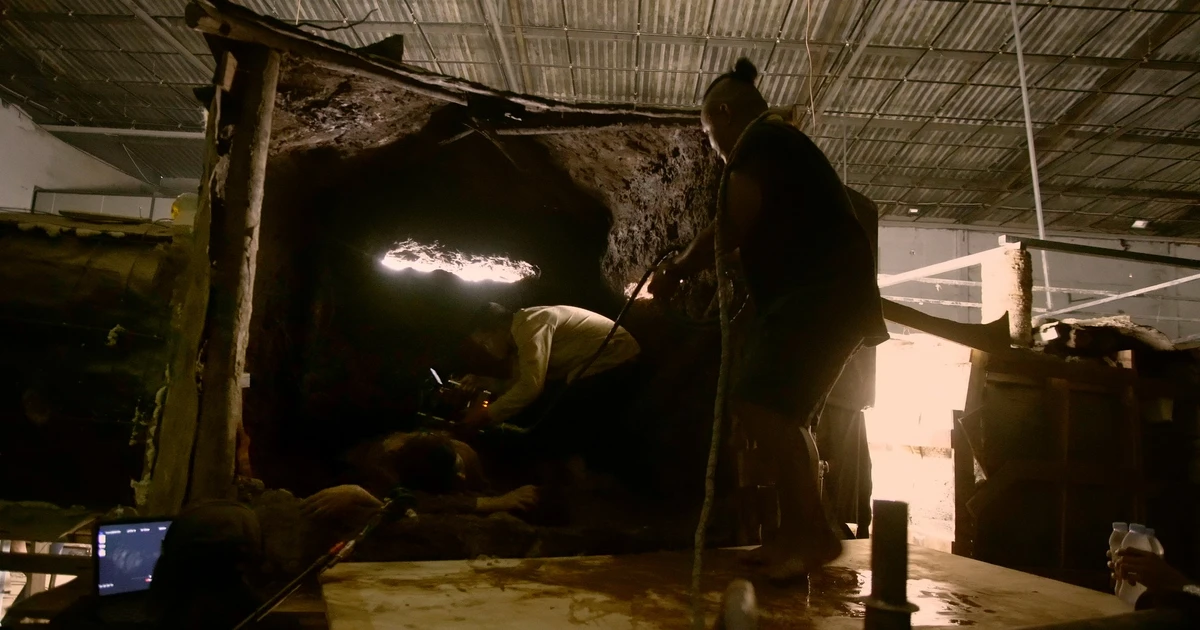

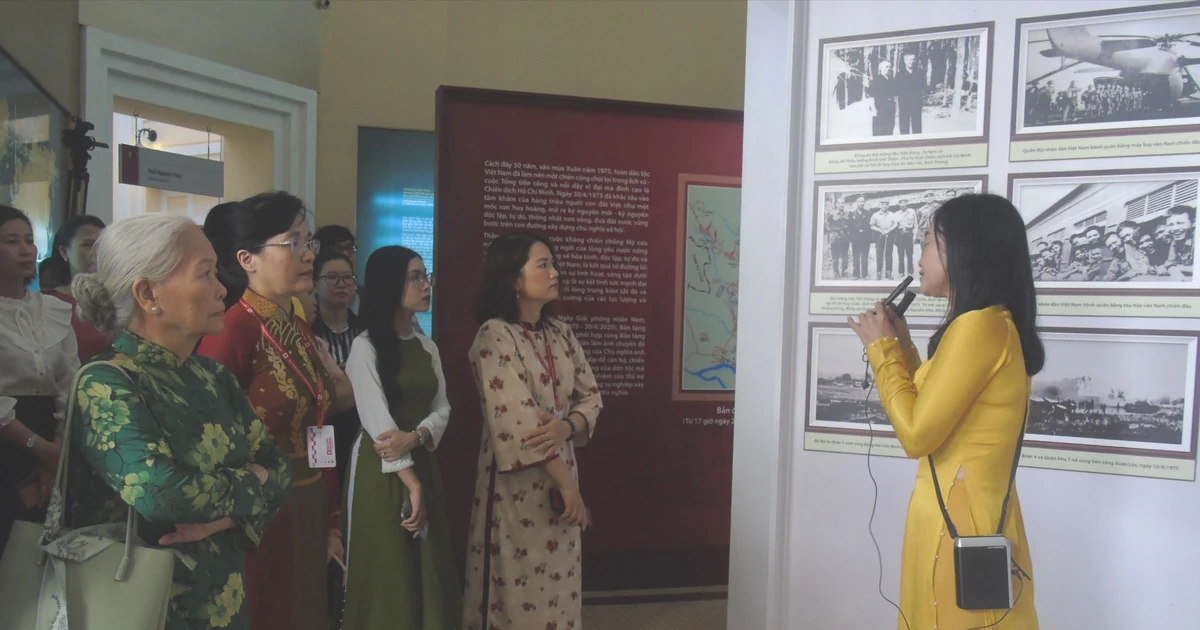
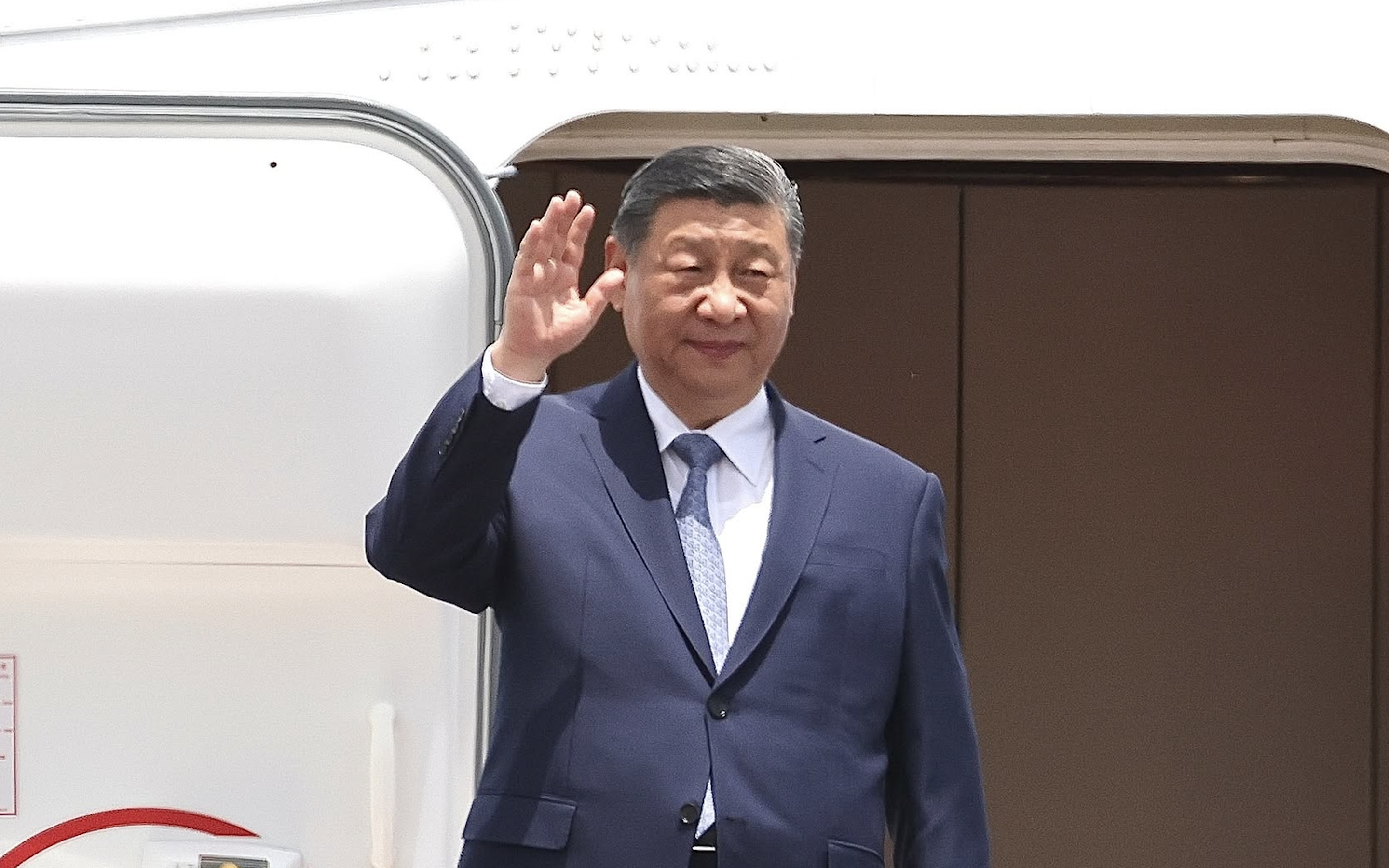


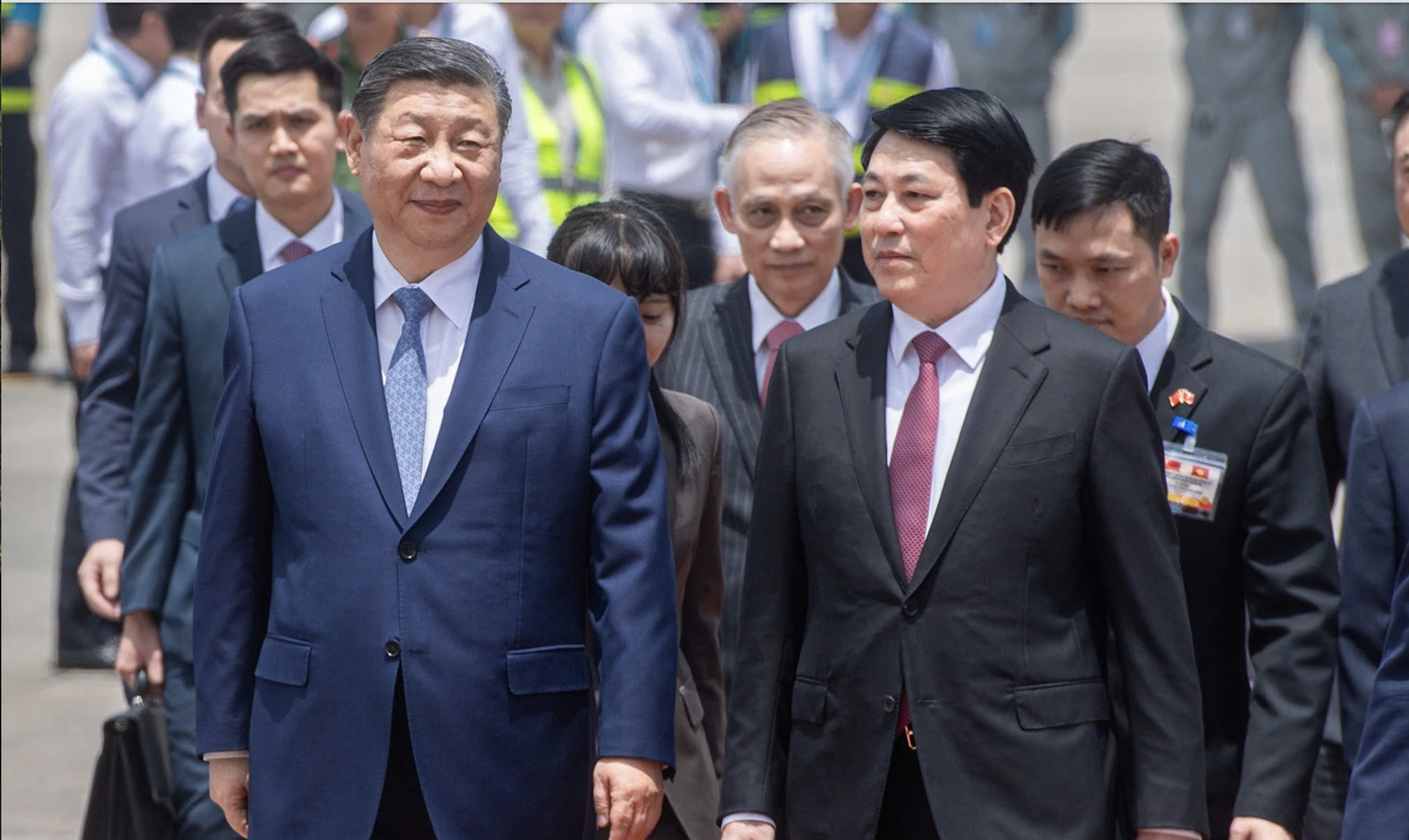
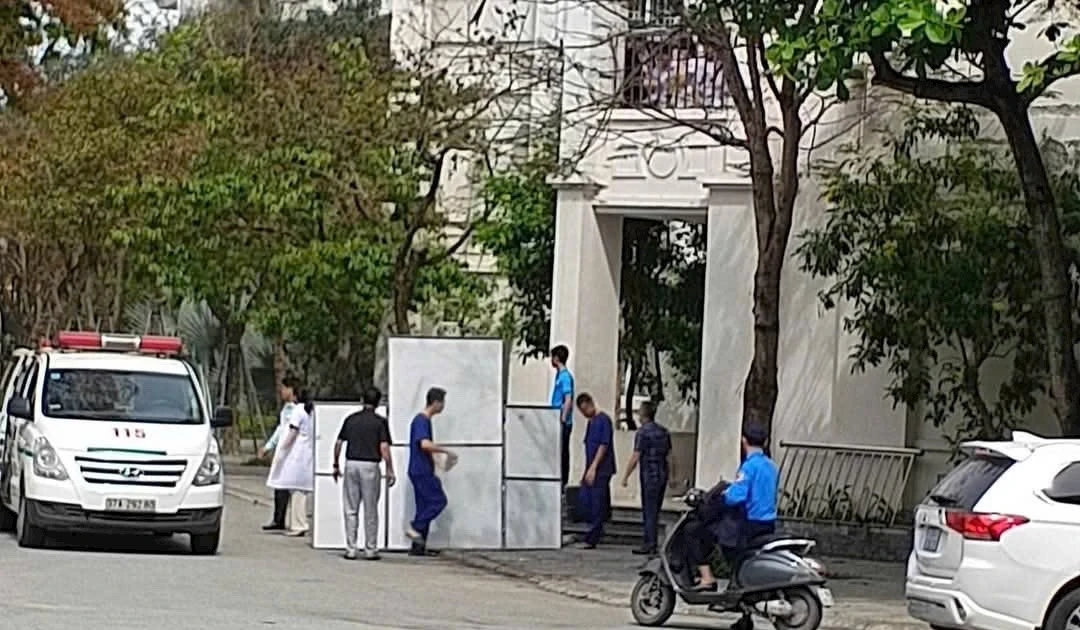
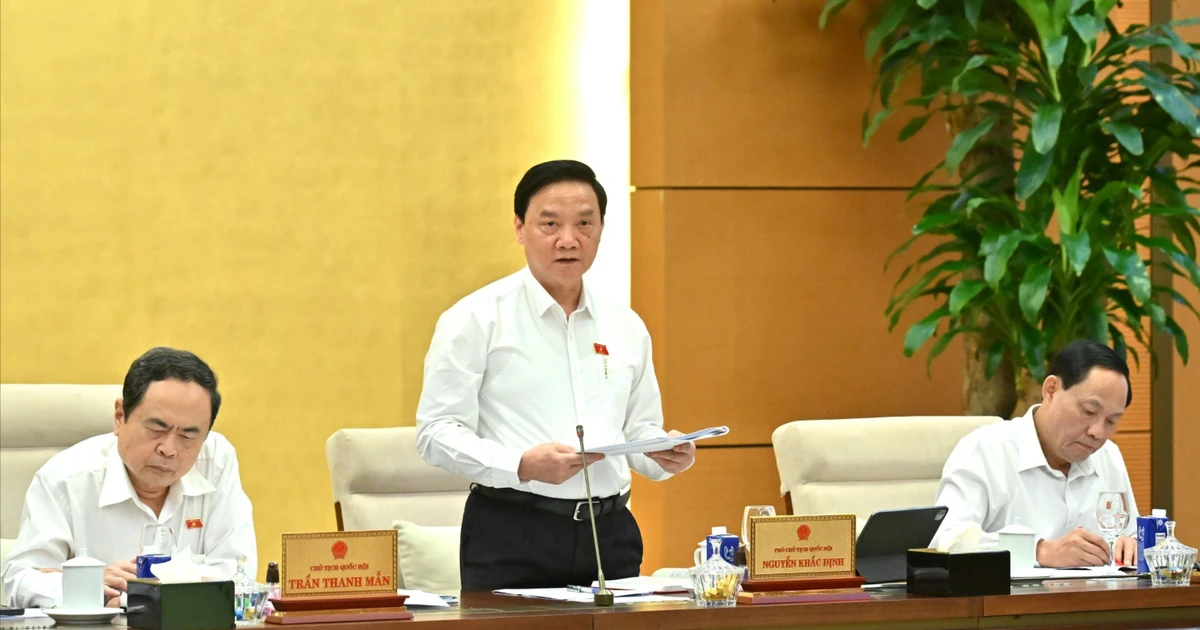
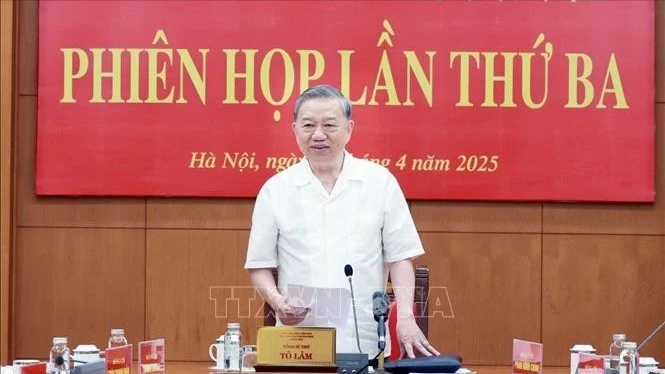


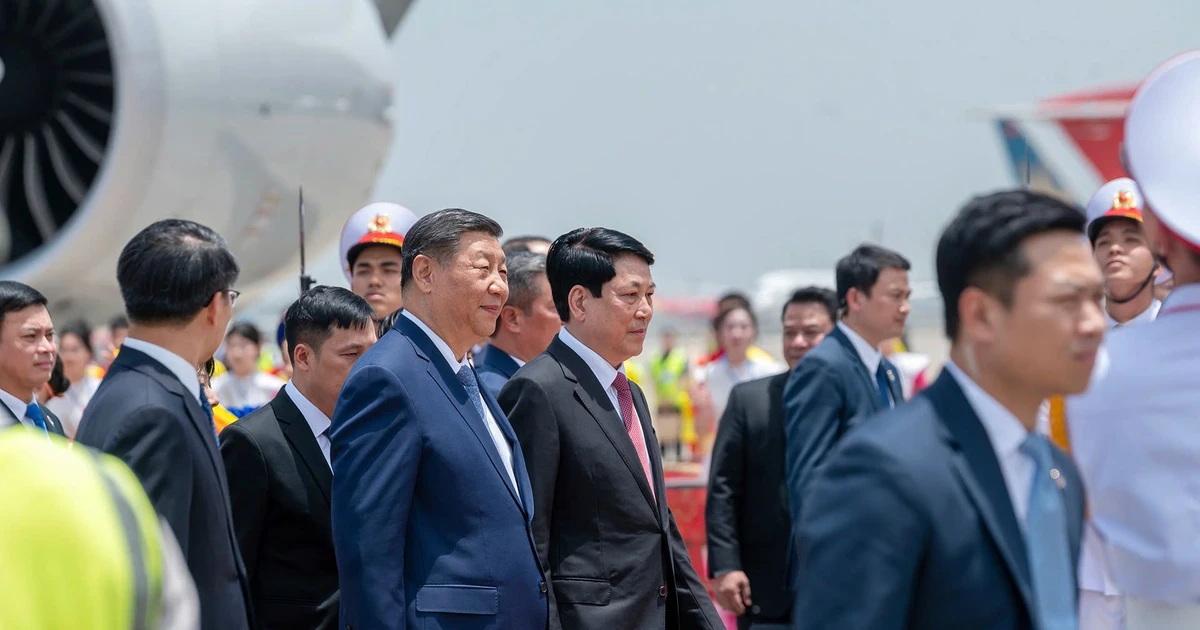


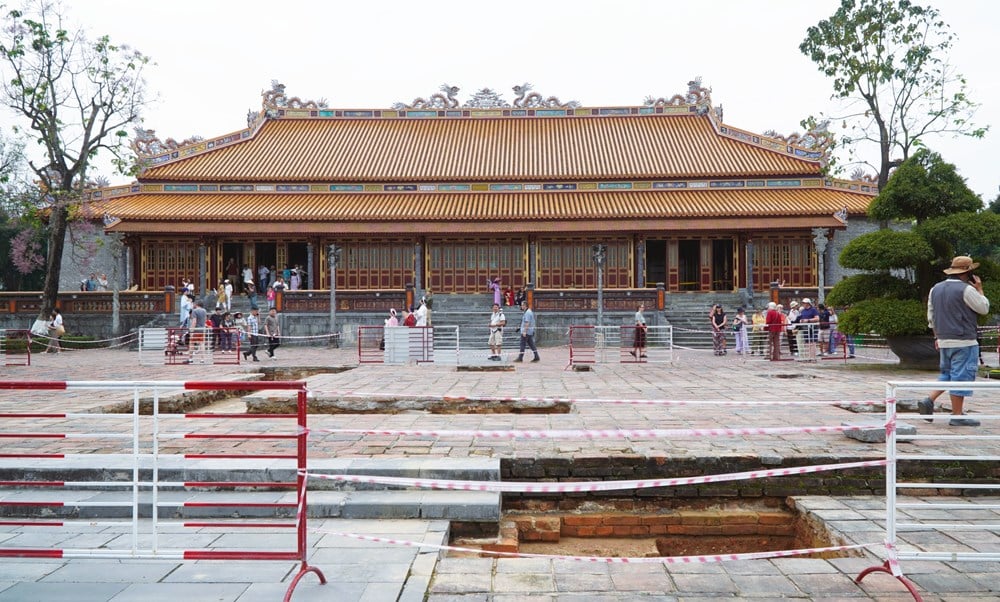

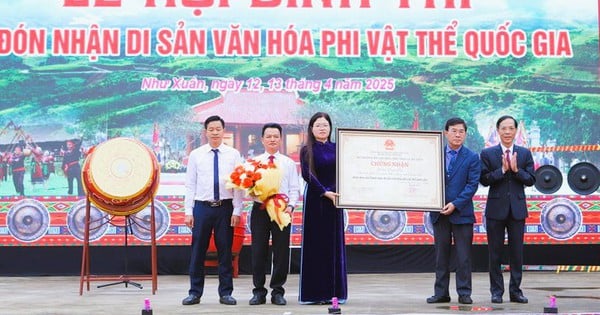


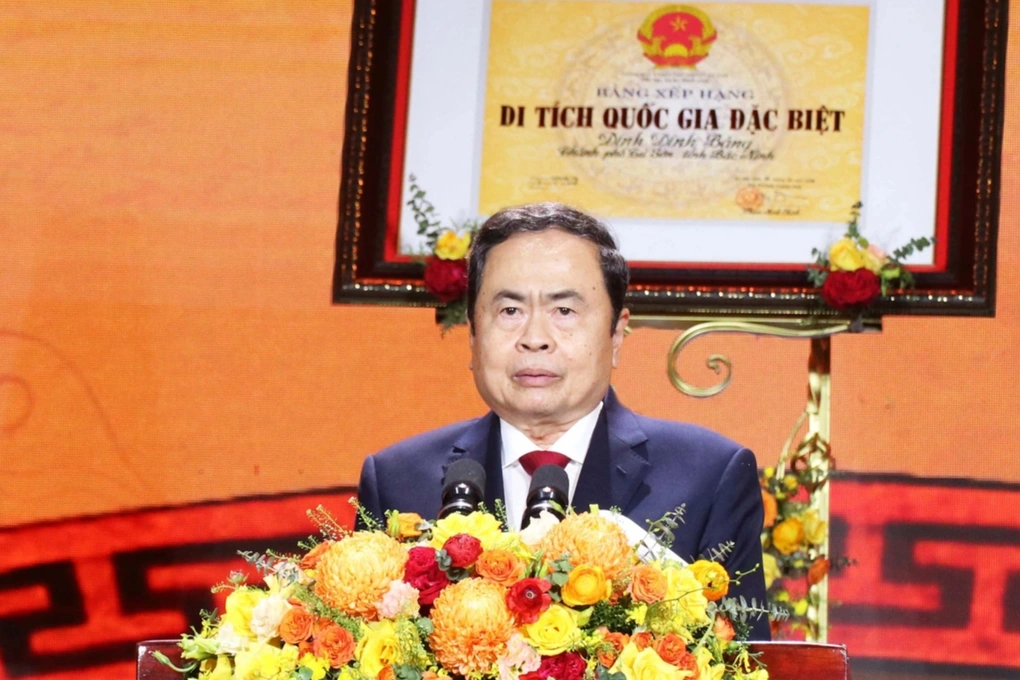

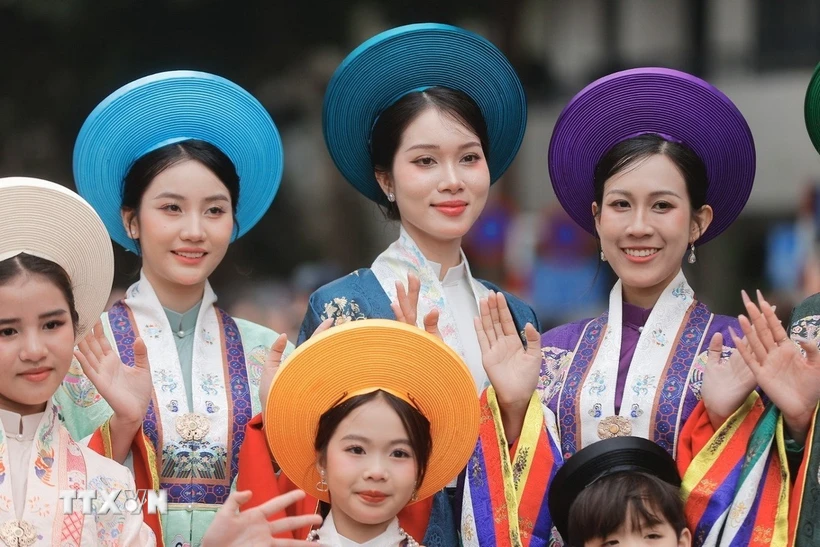

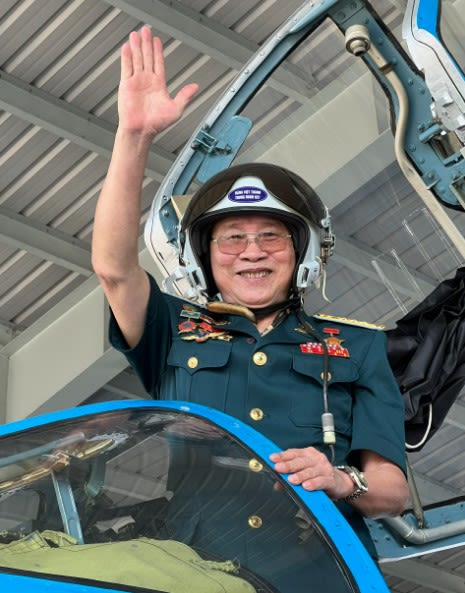


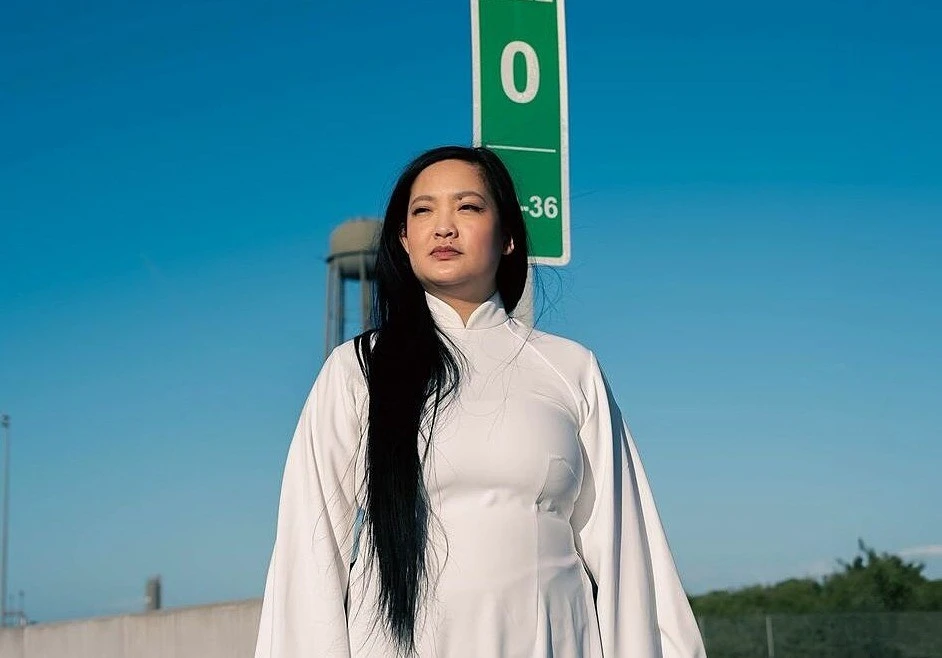





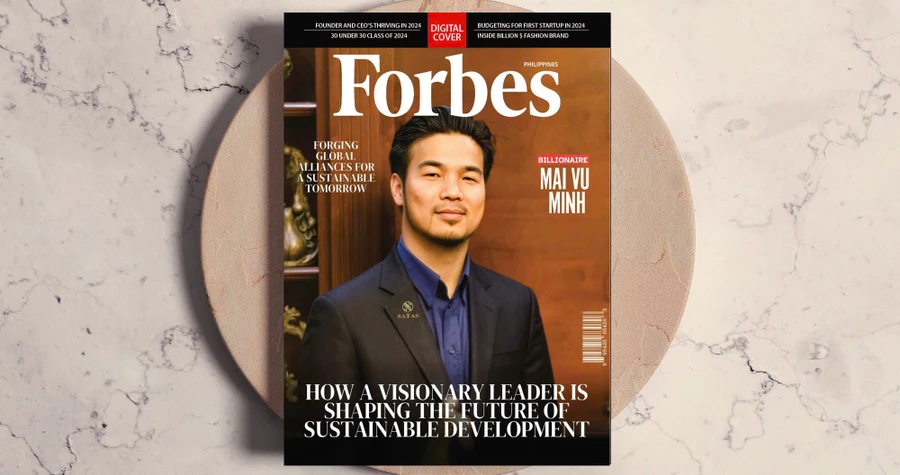



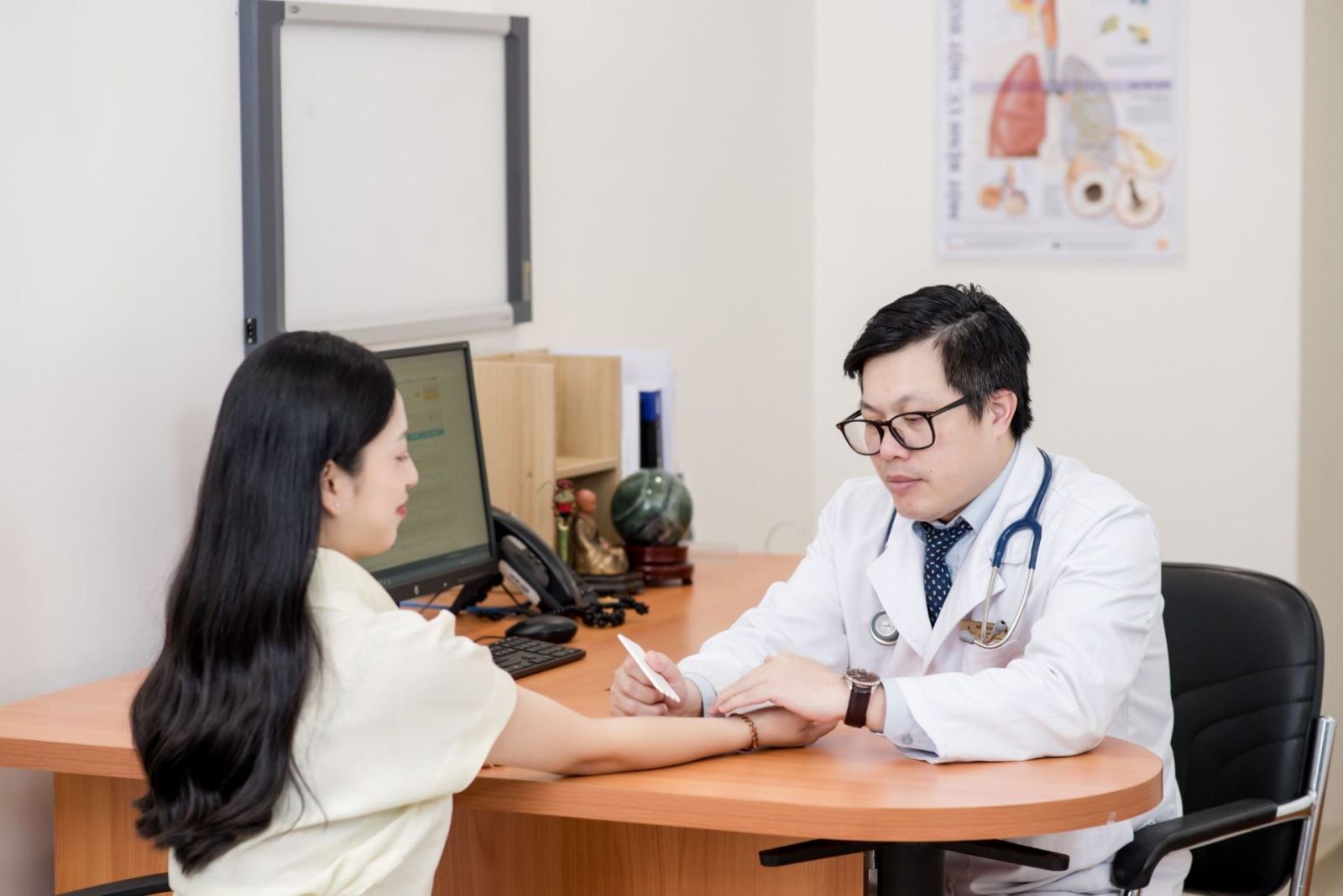


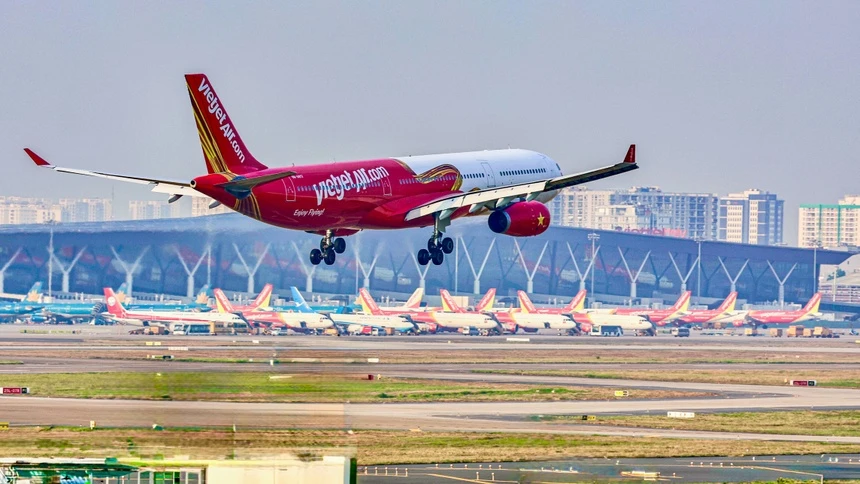

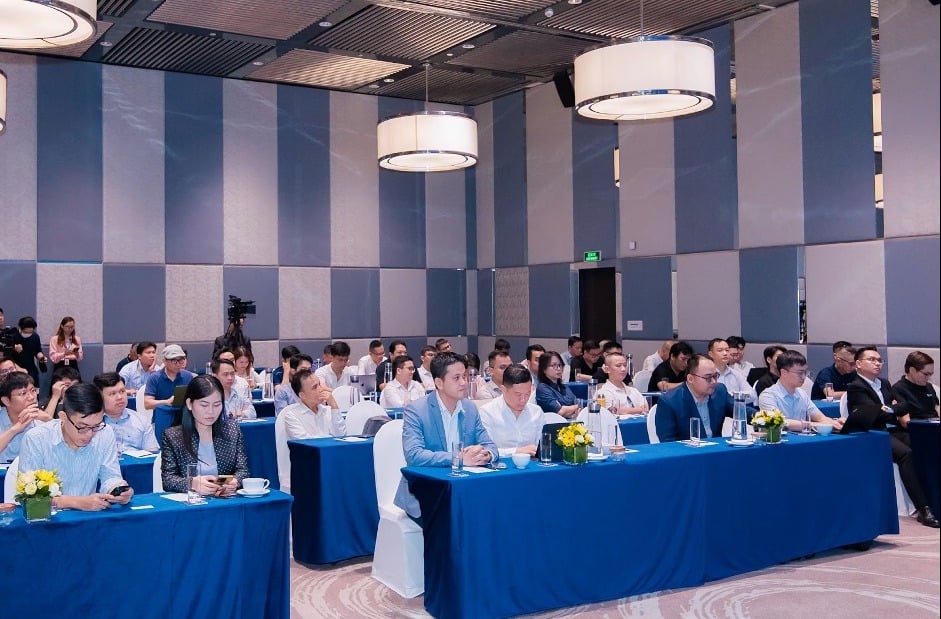


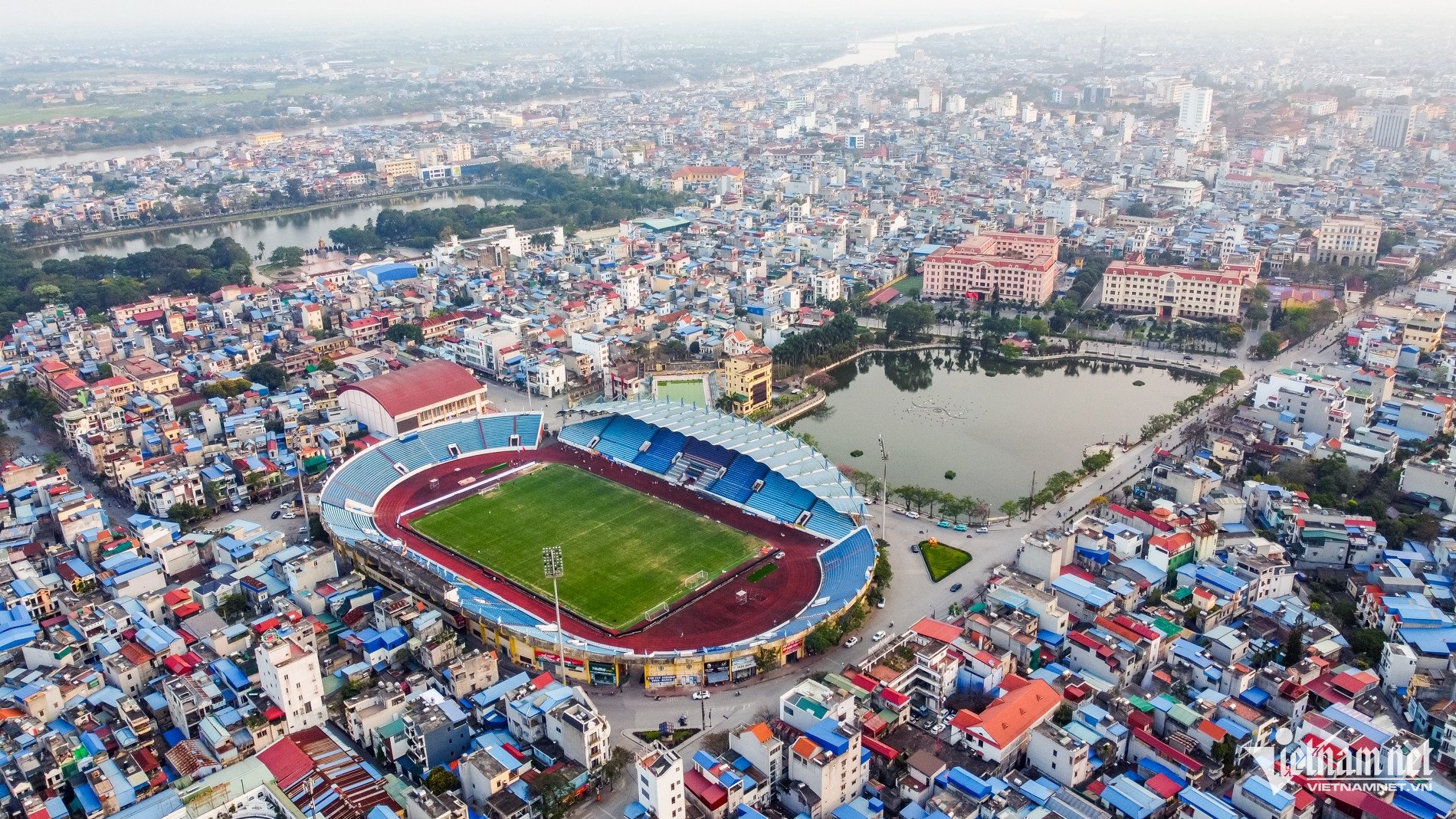
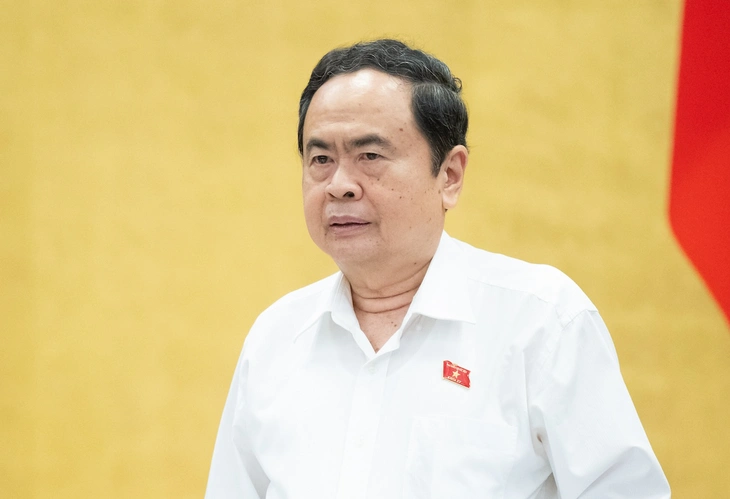
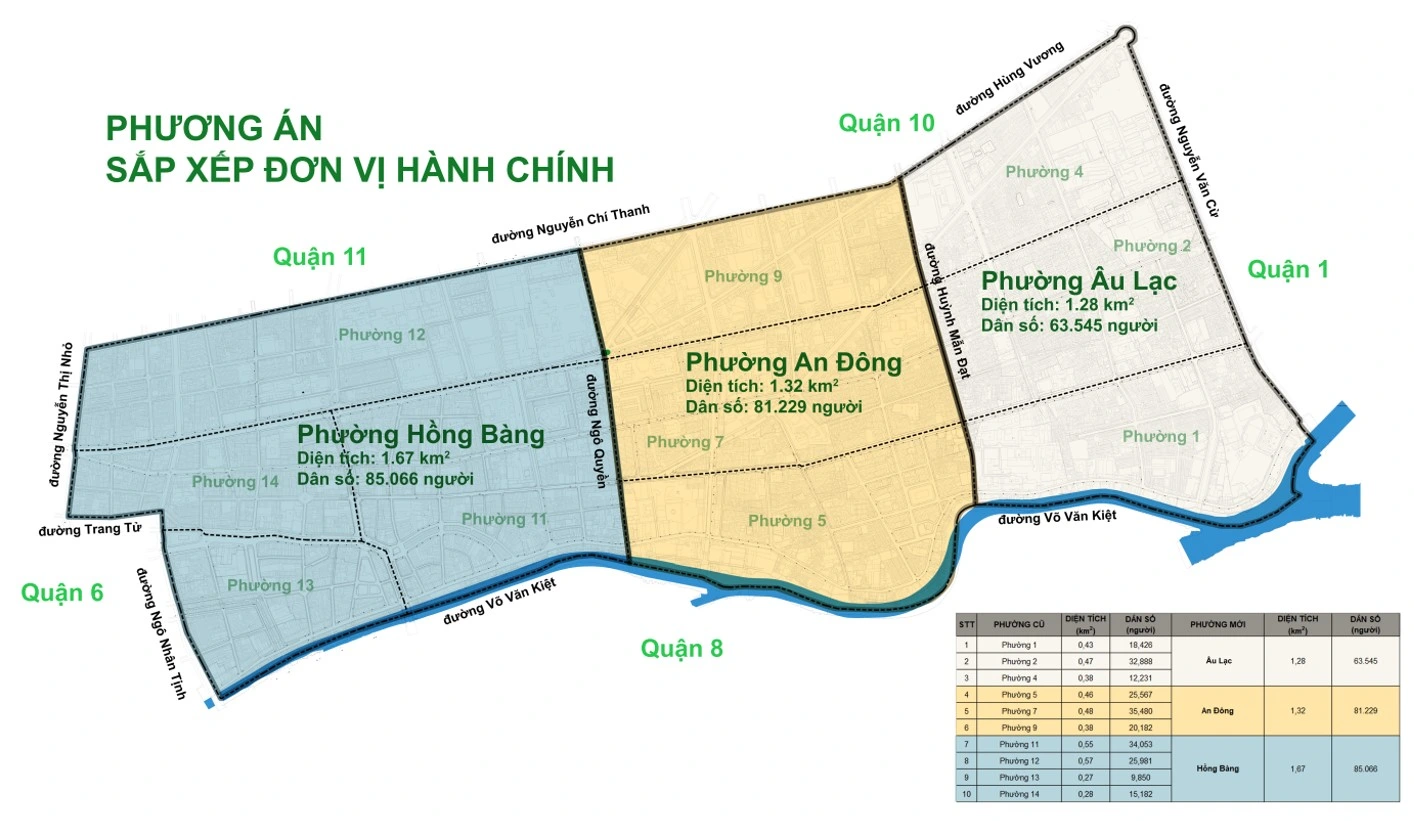

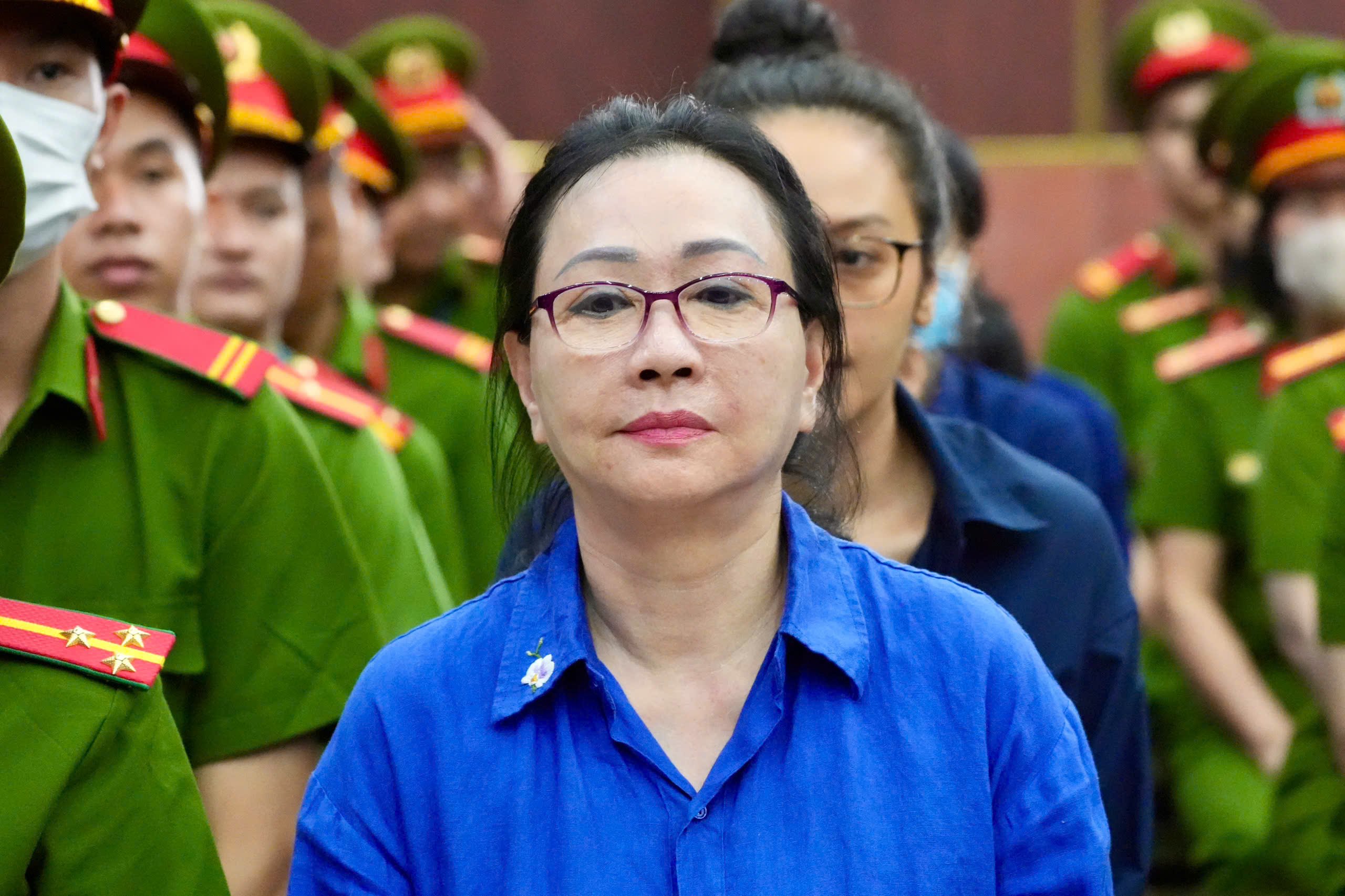
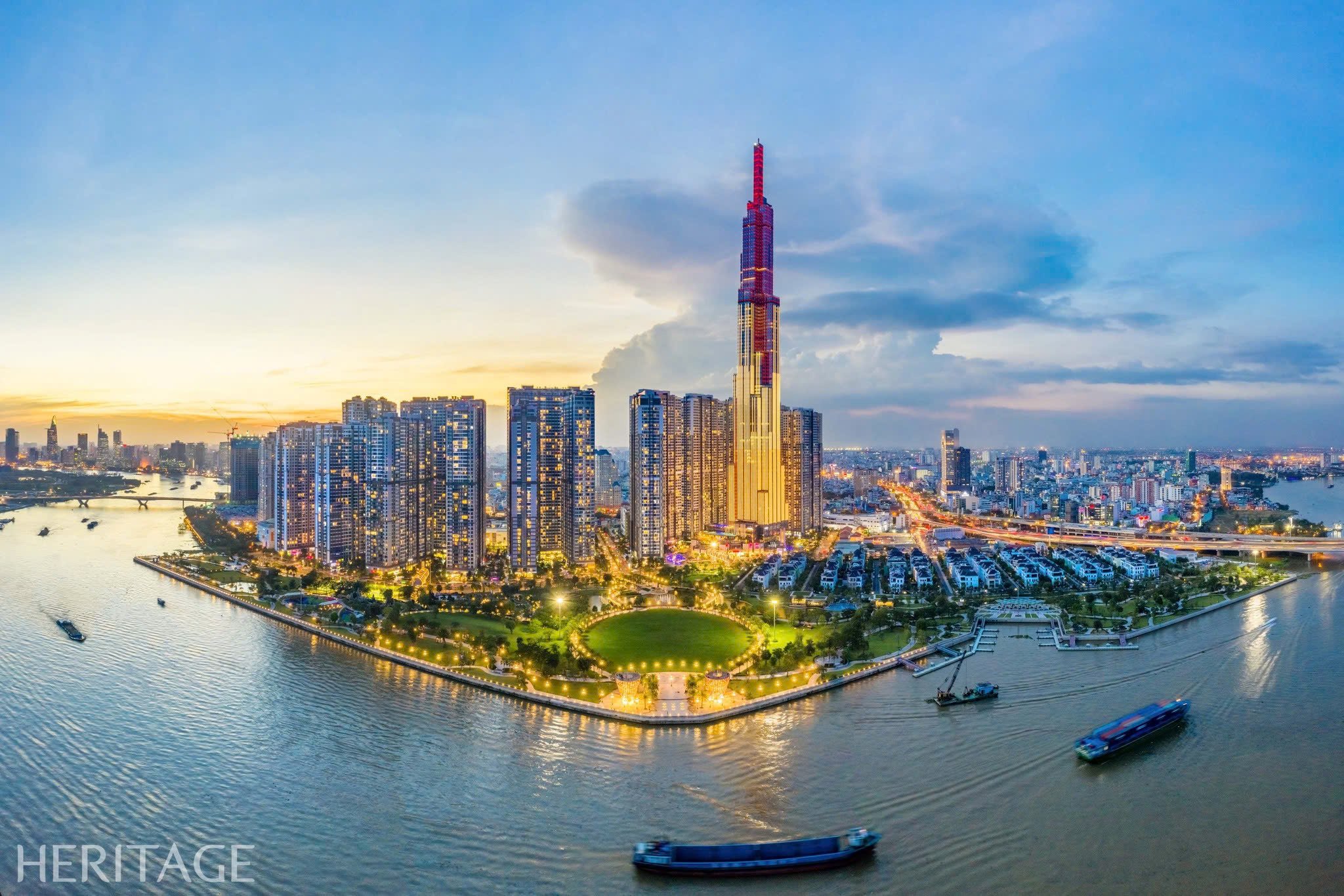
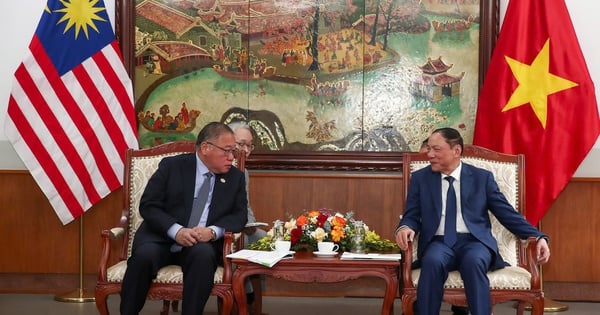

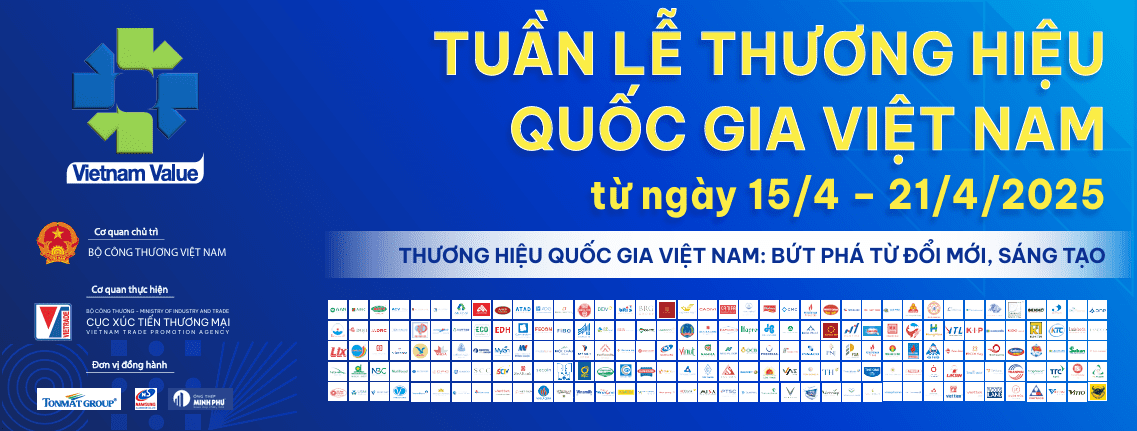


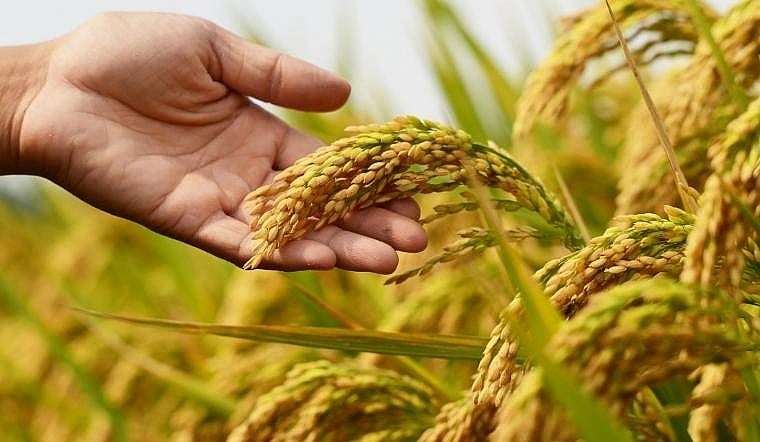
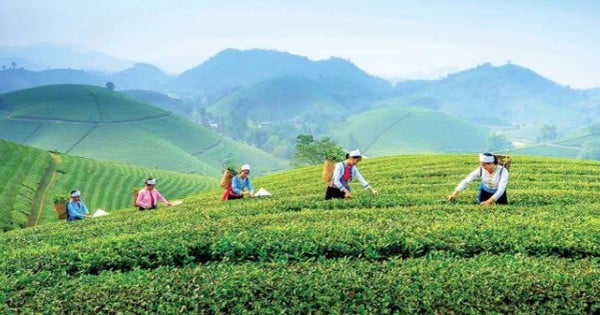
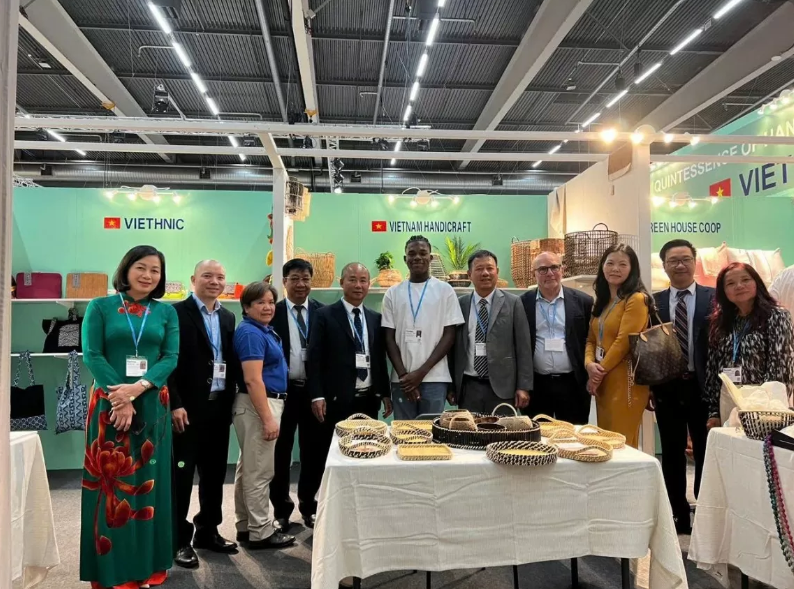
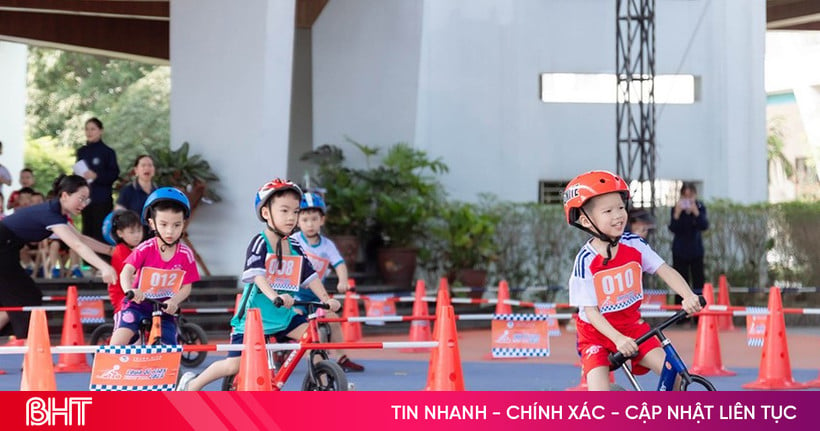

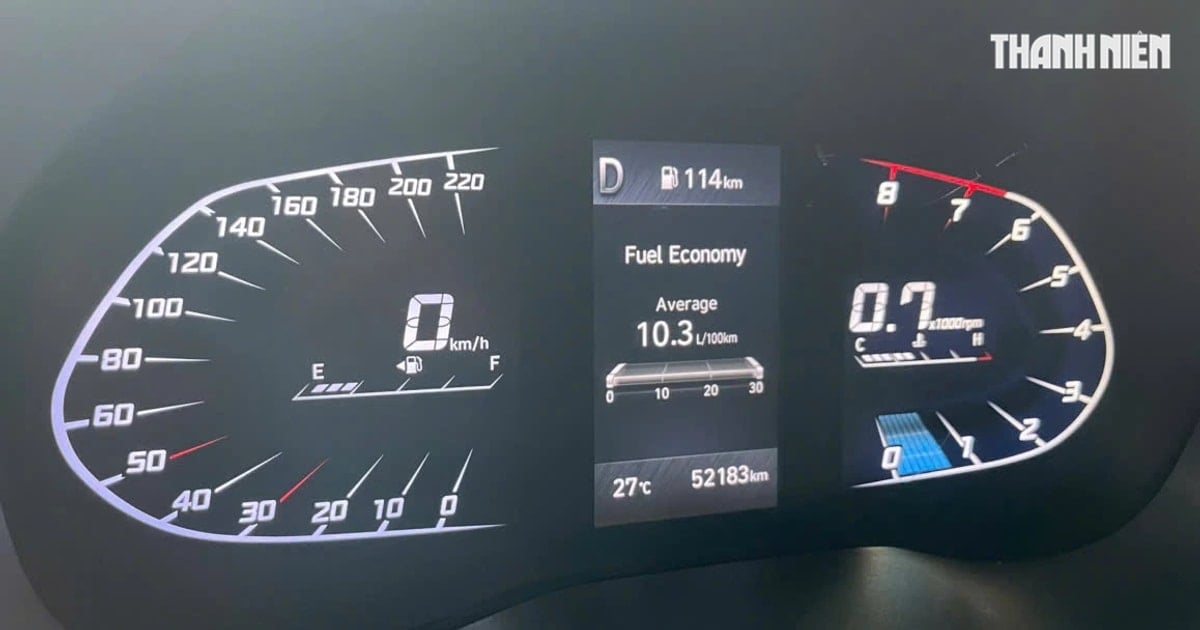



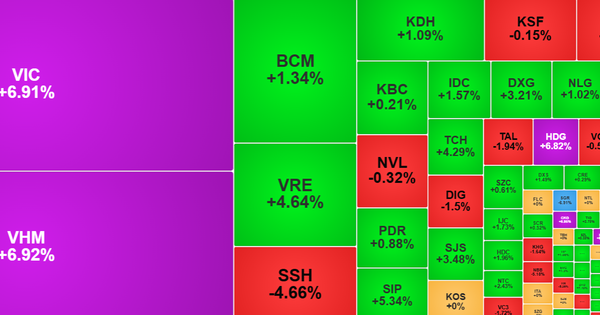

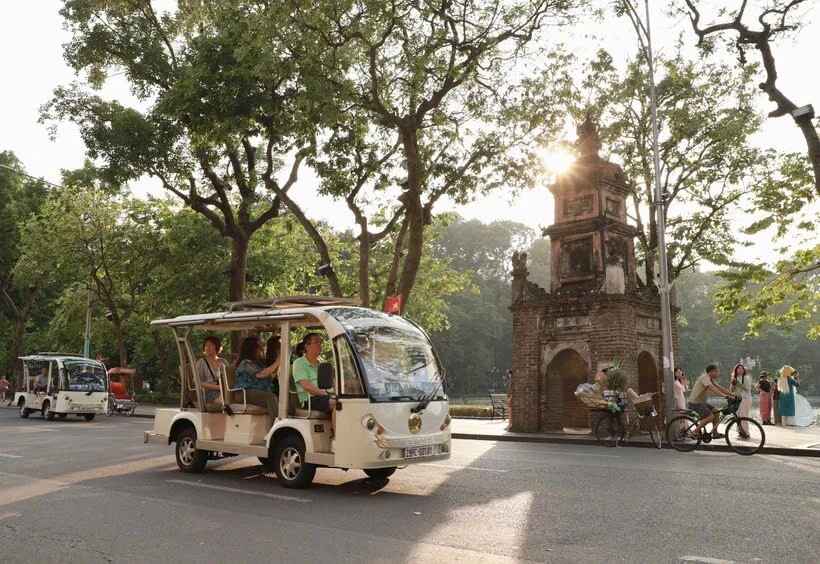

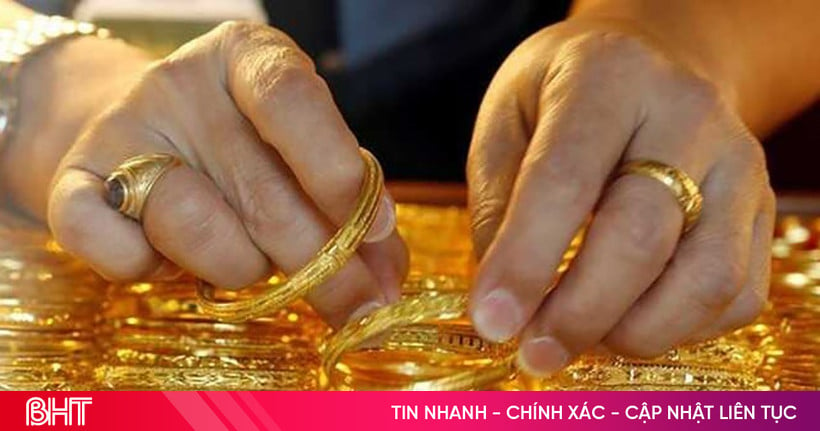
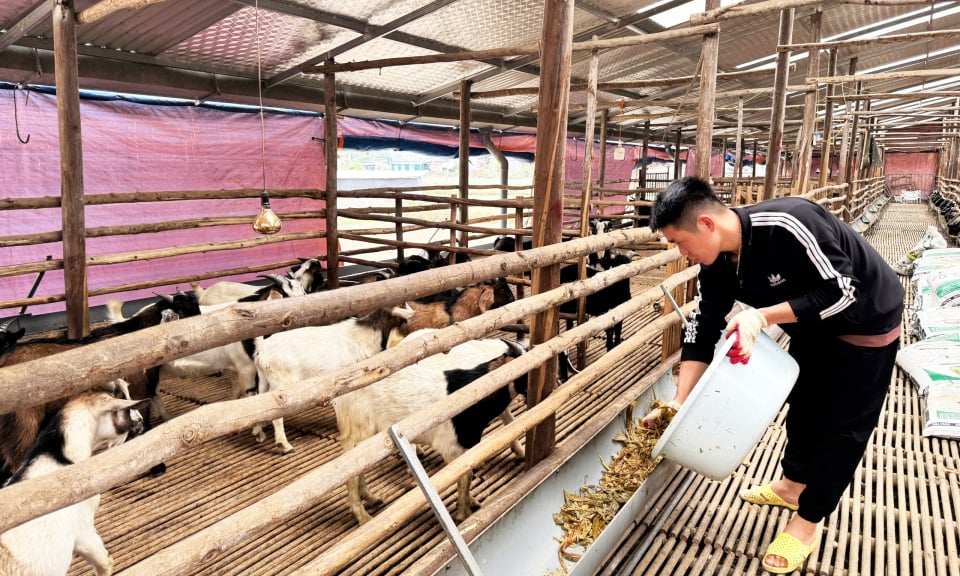

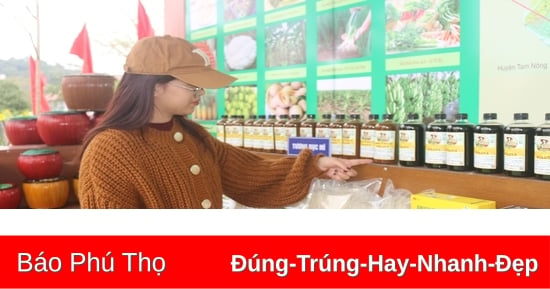



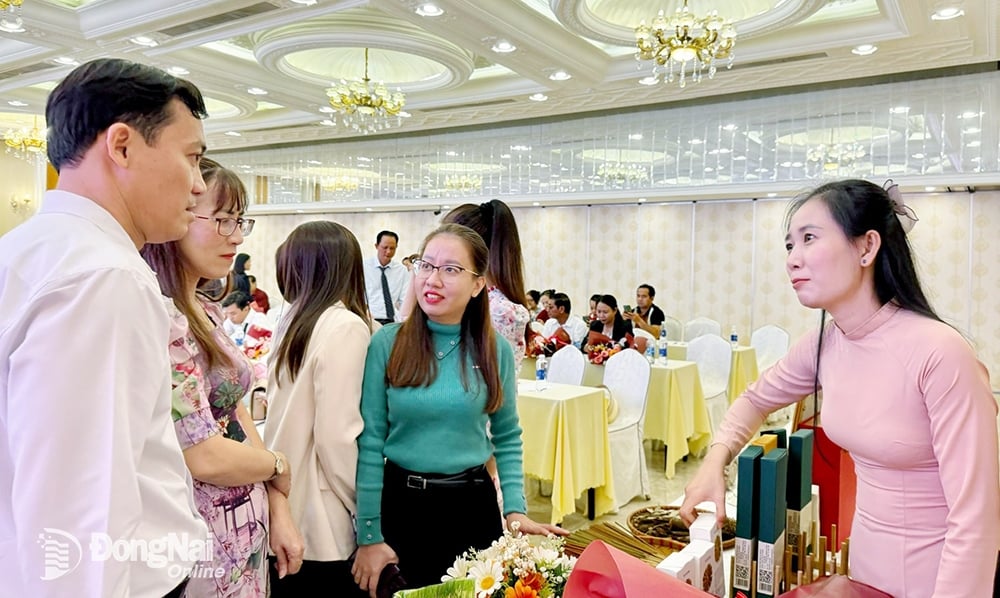



Comment (0)